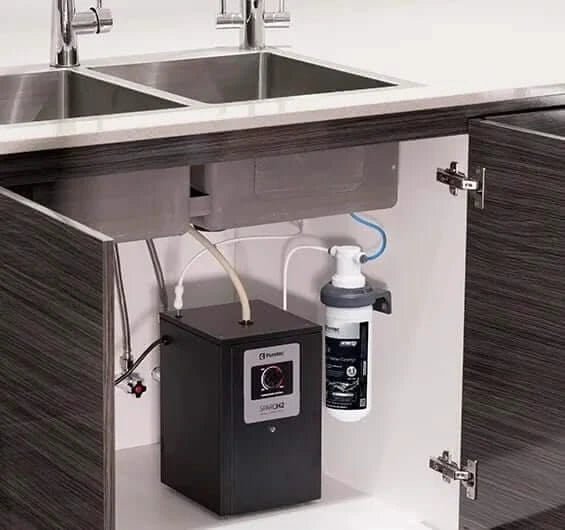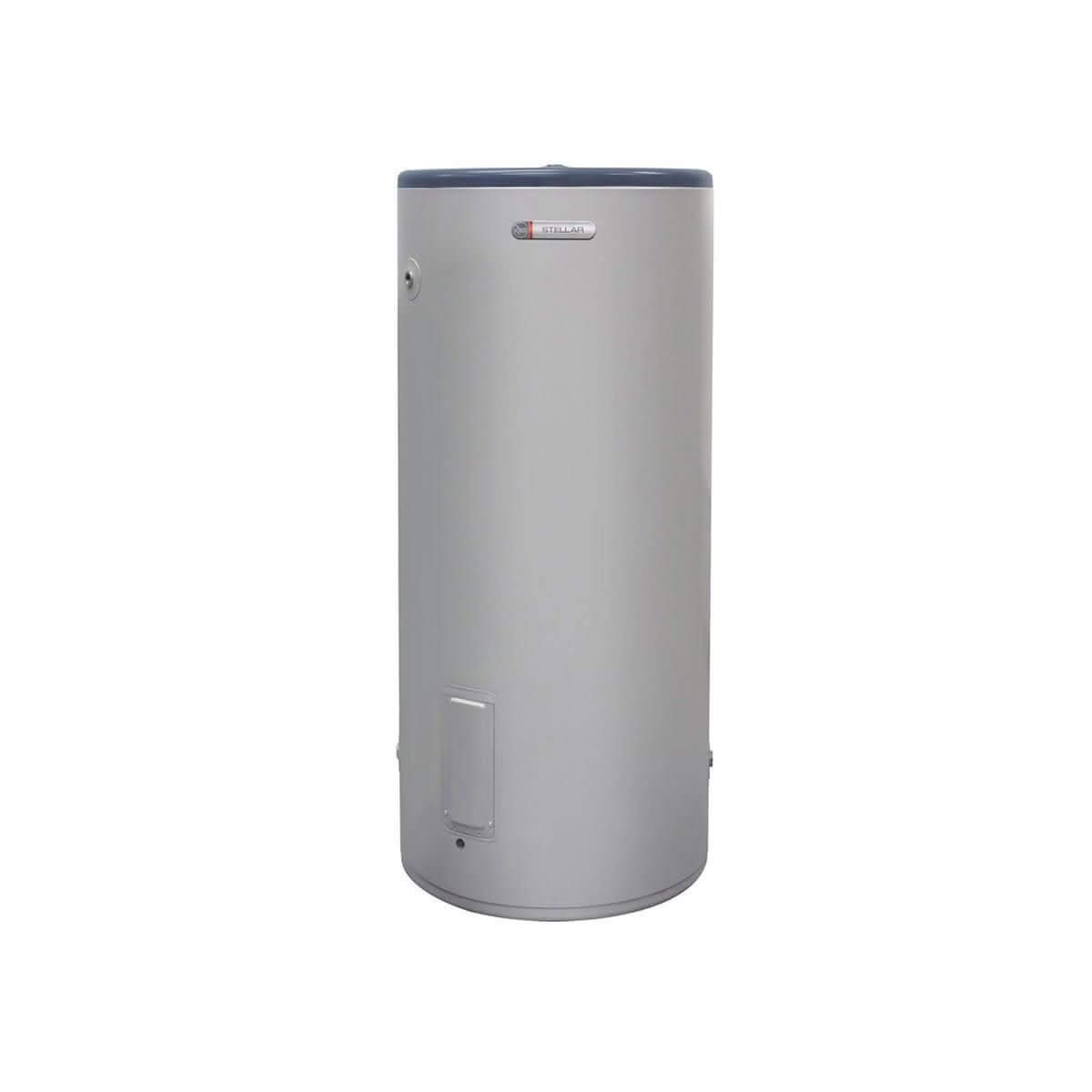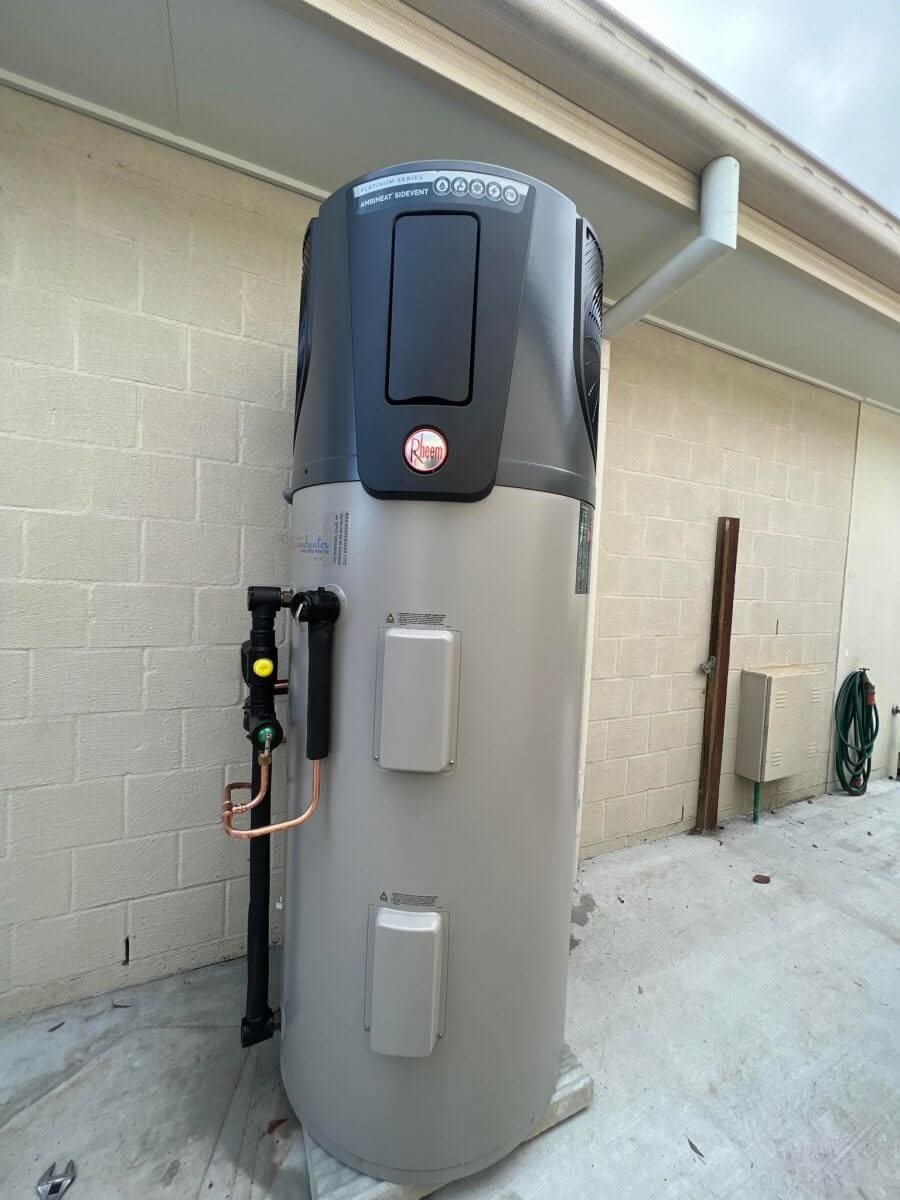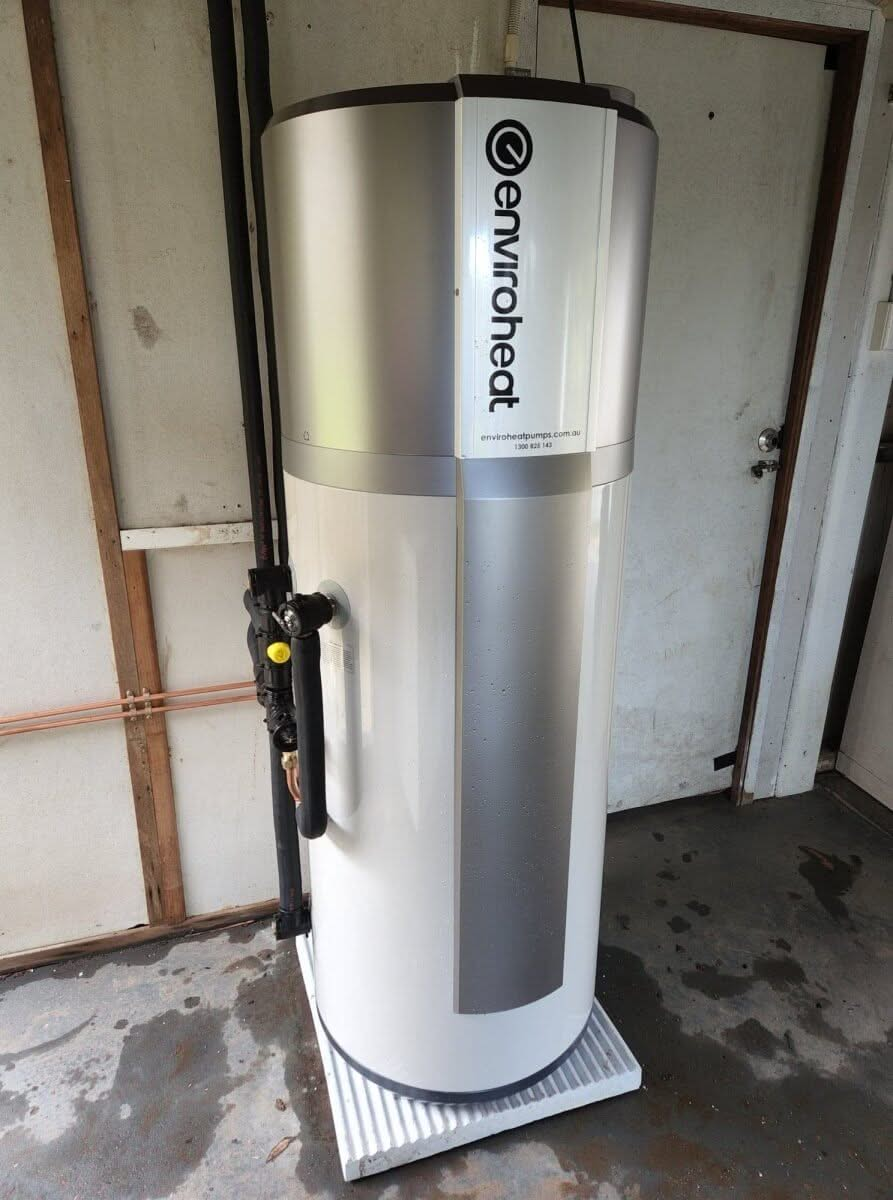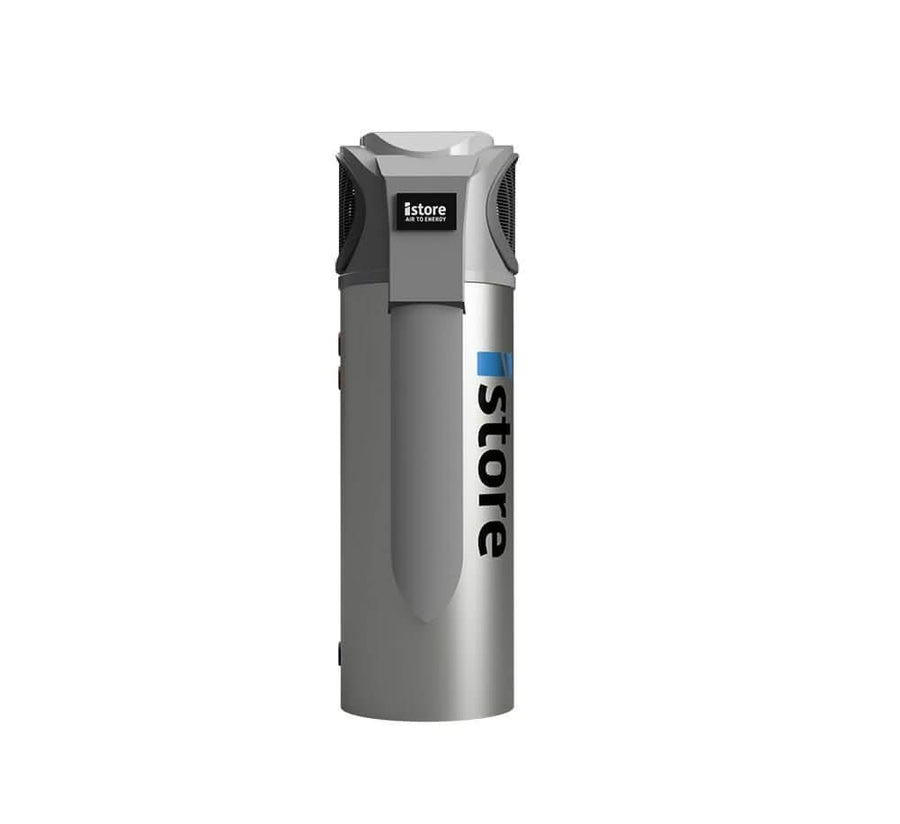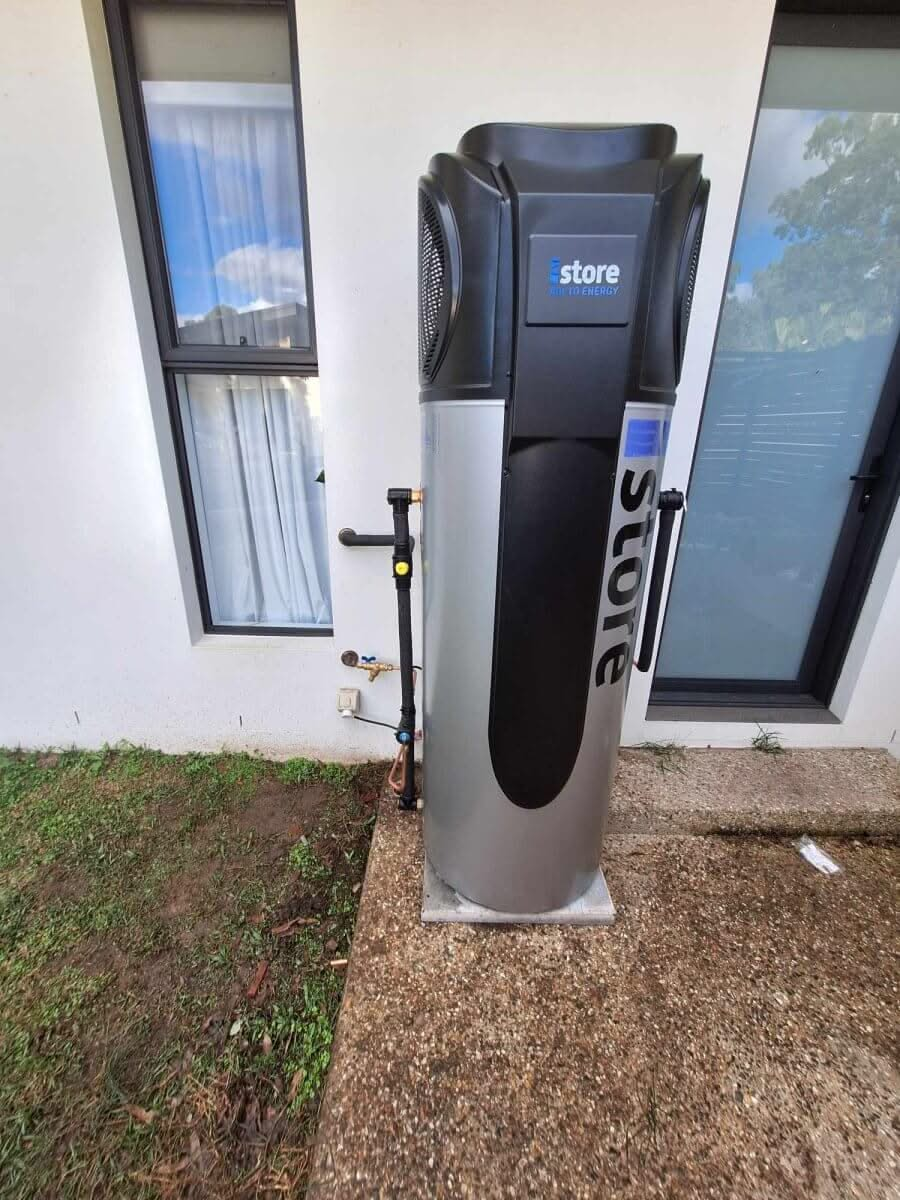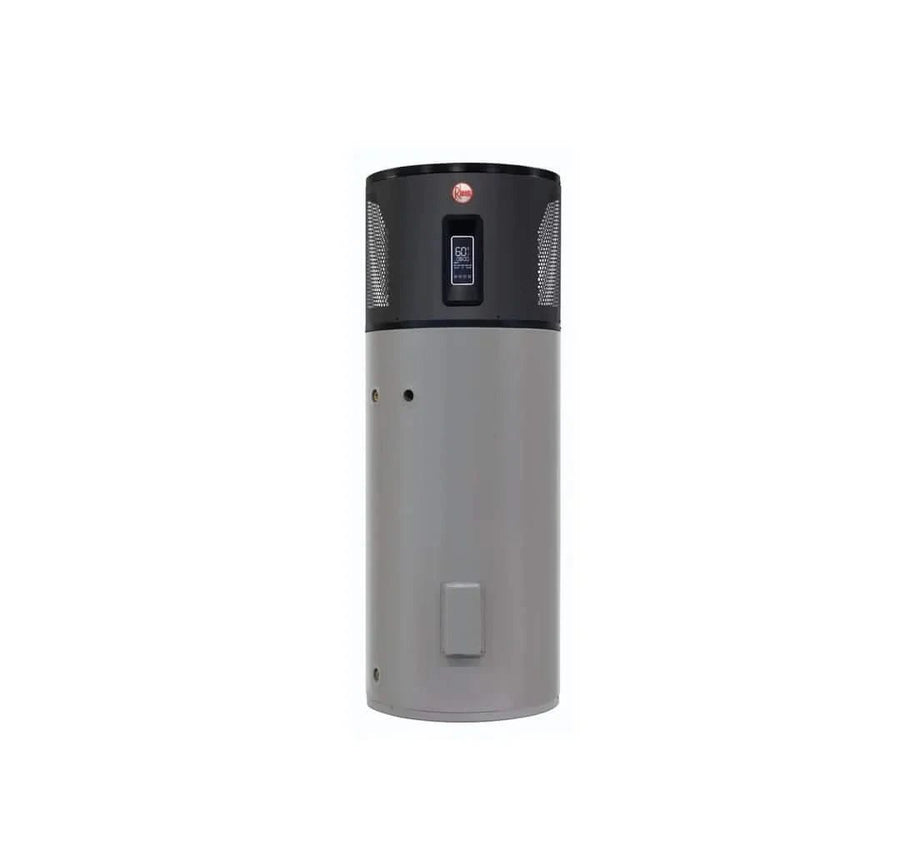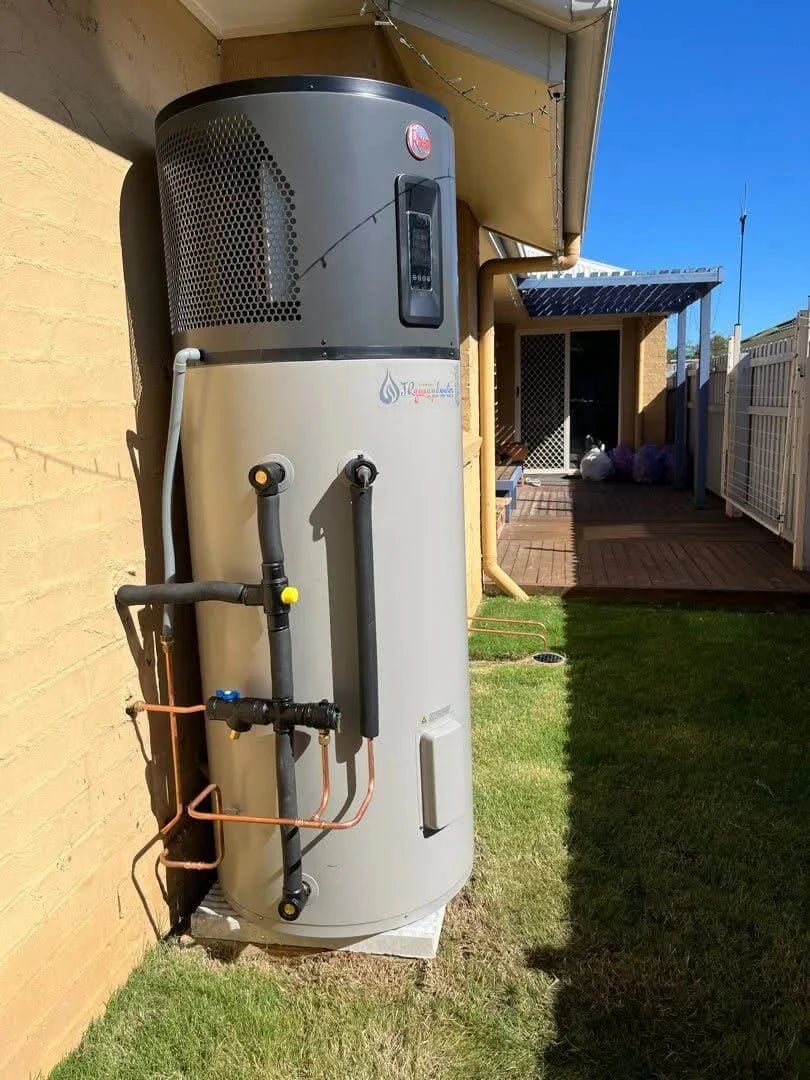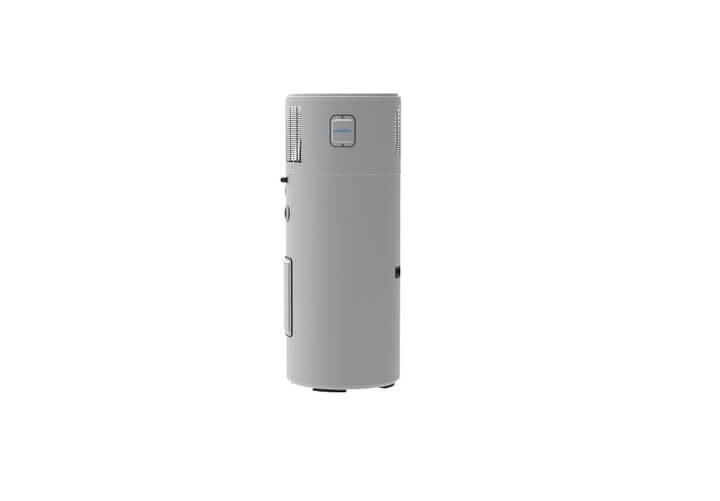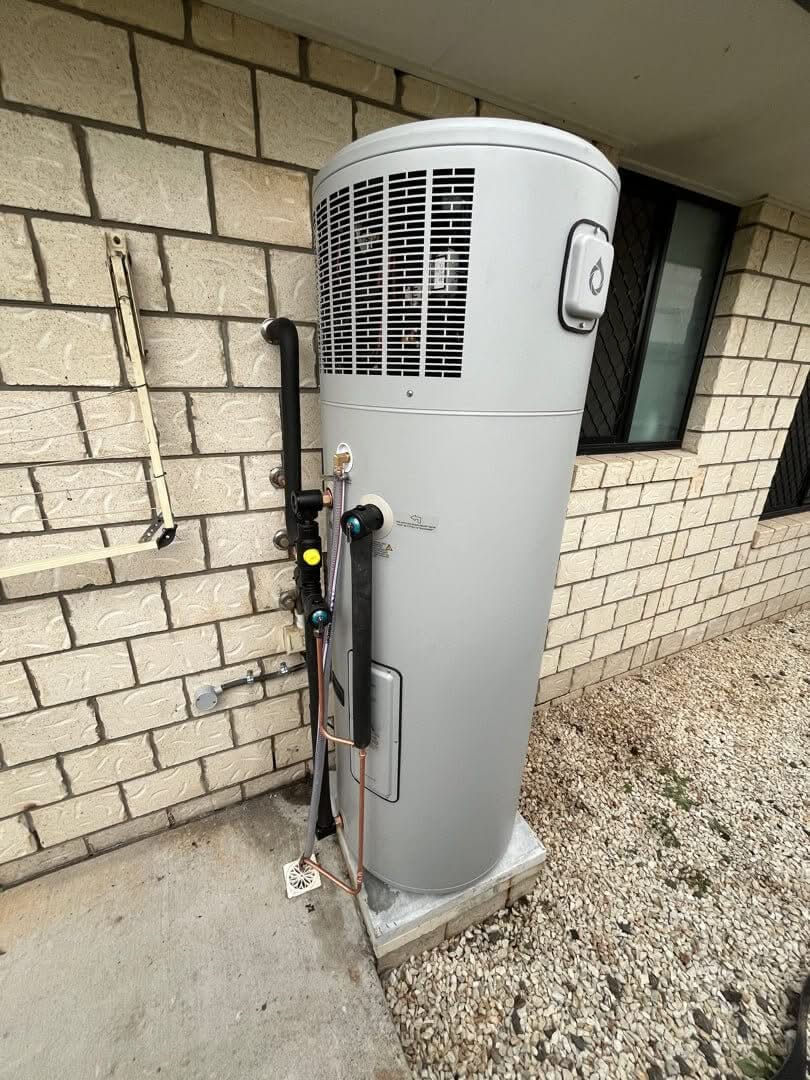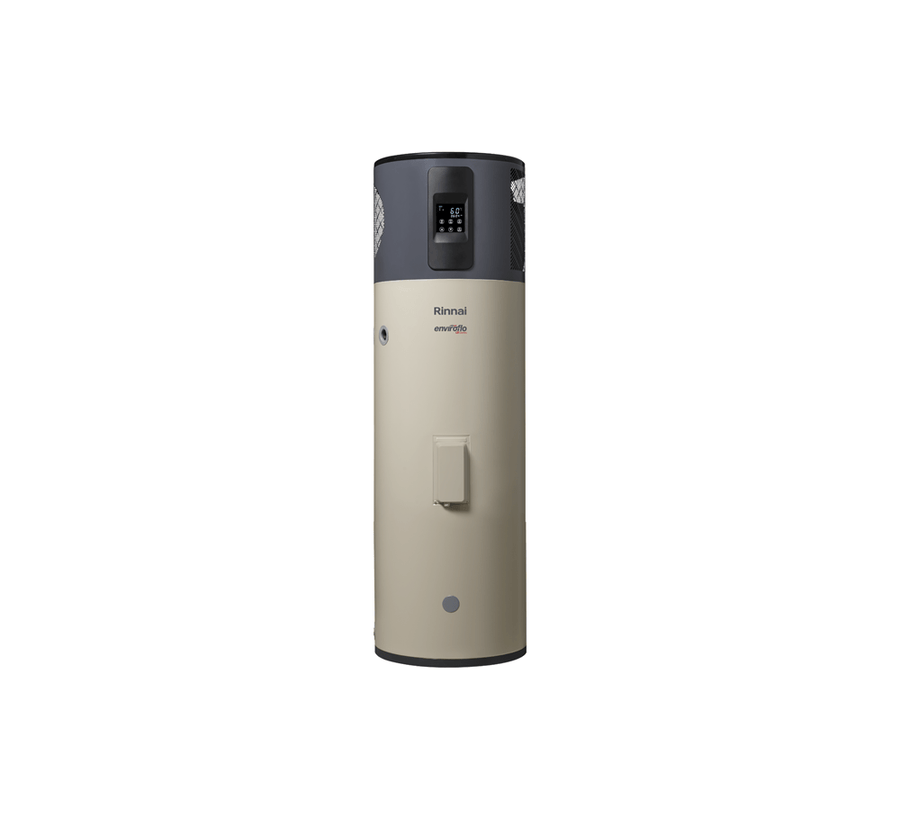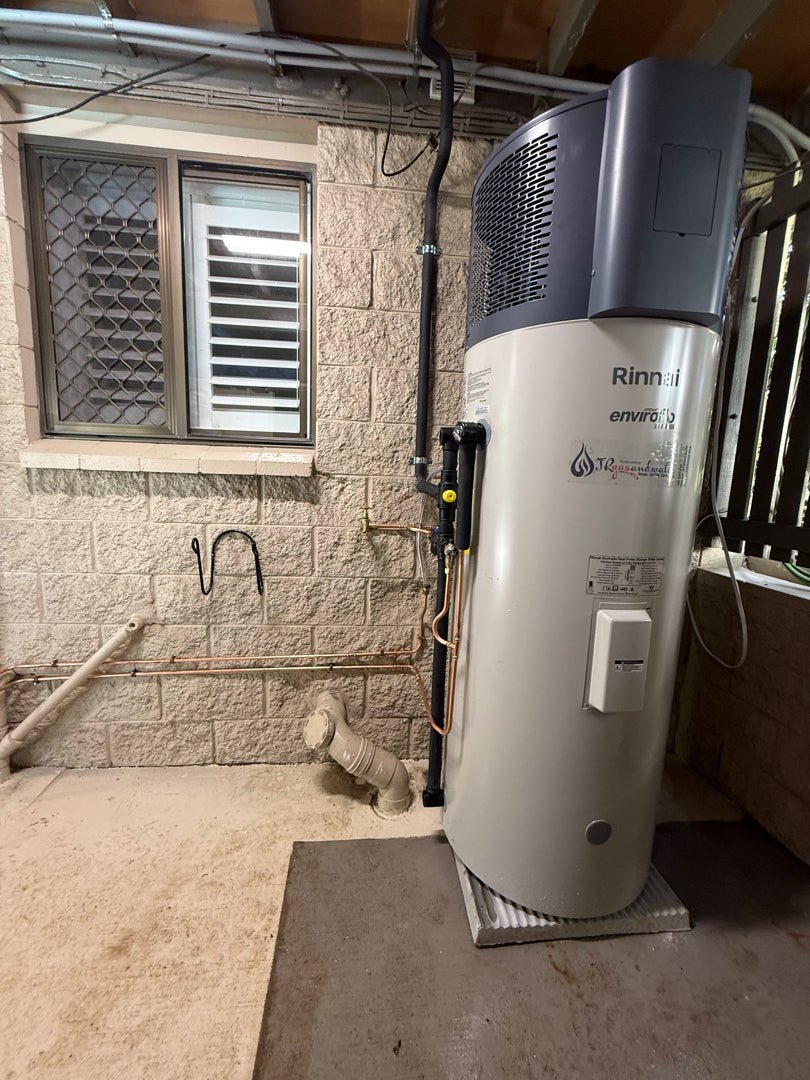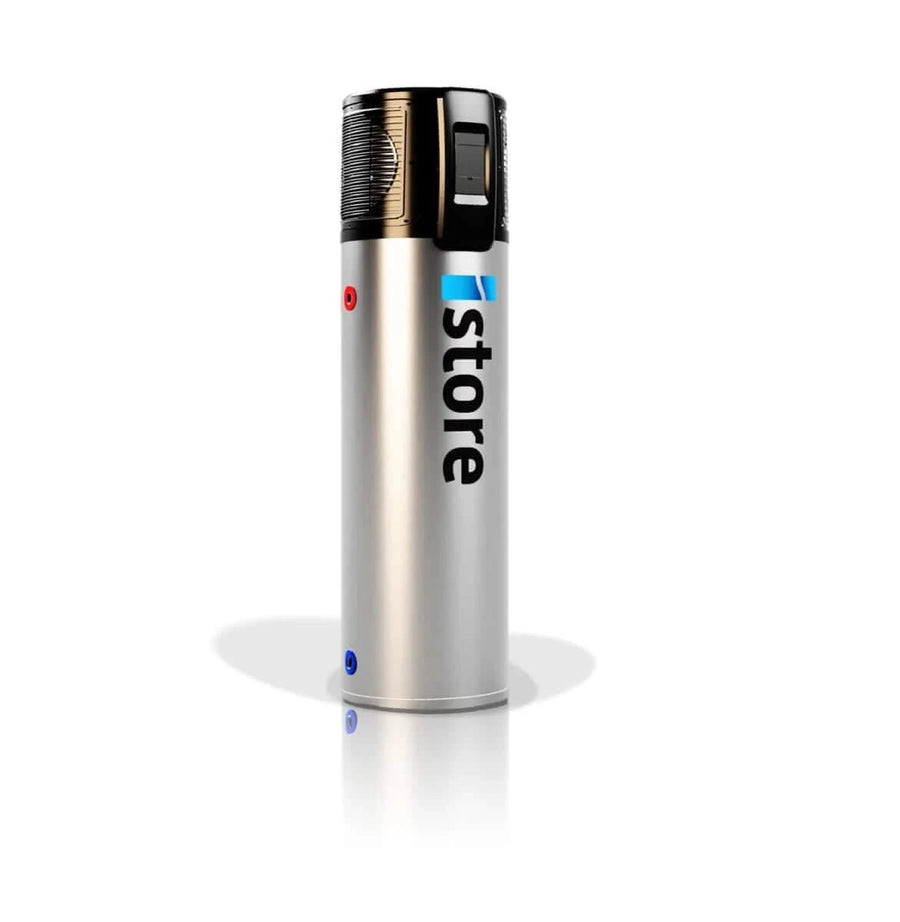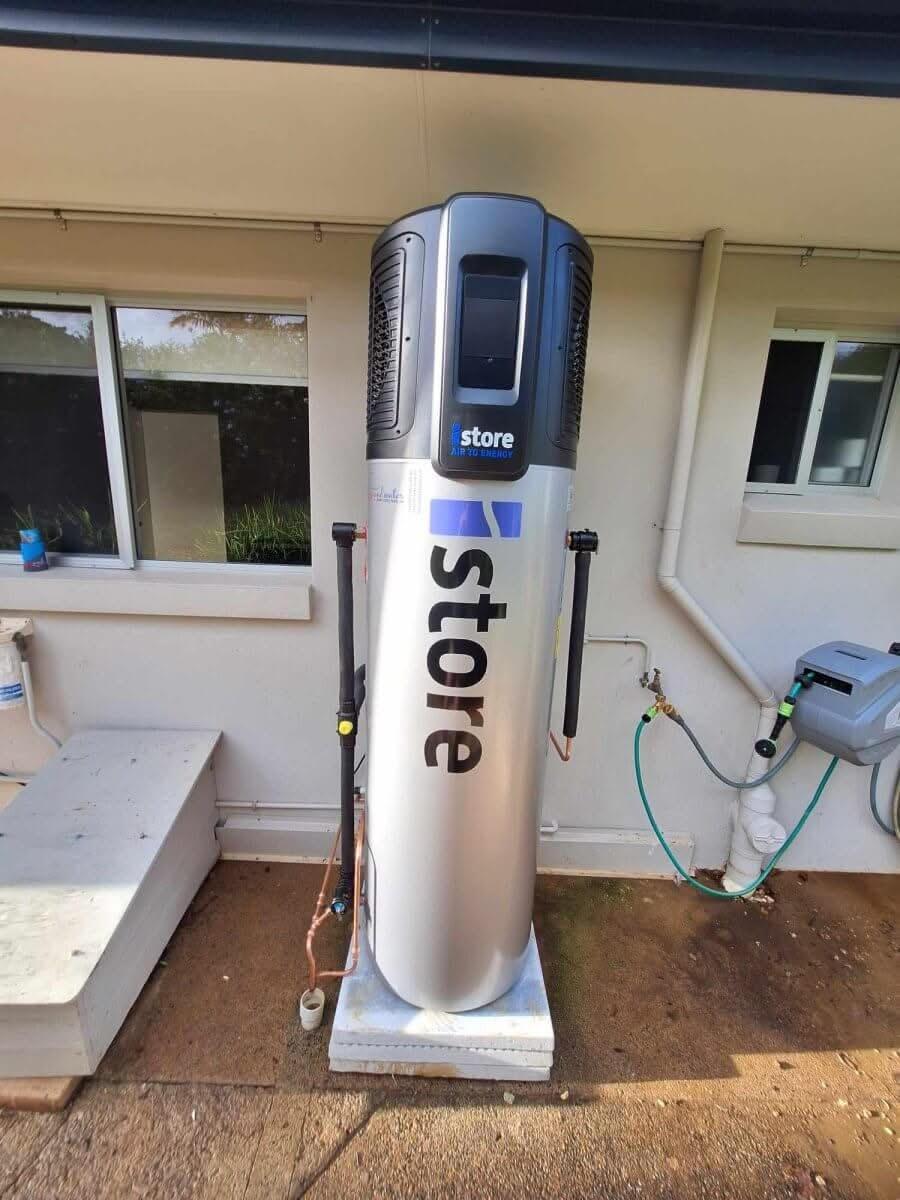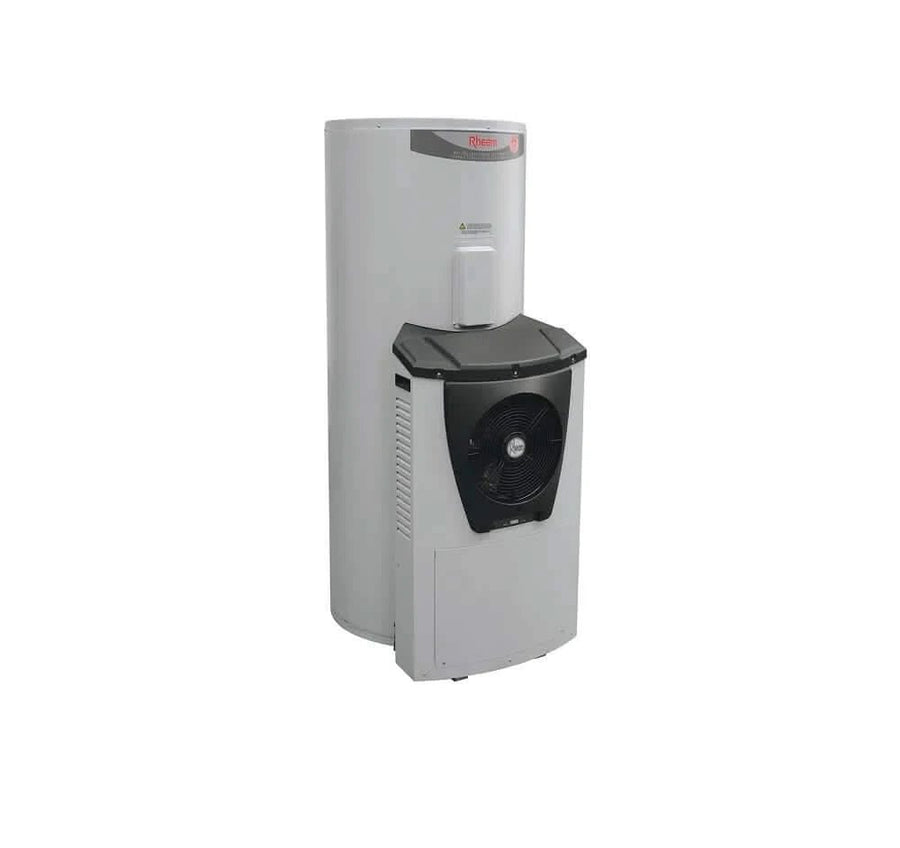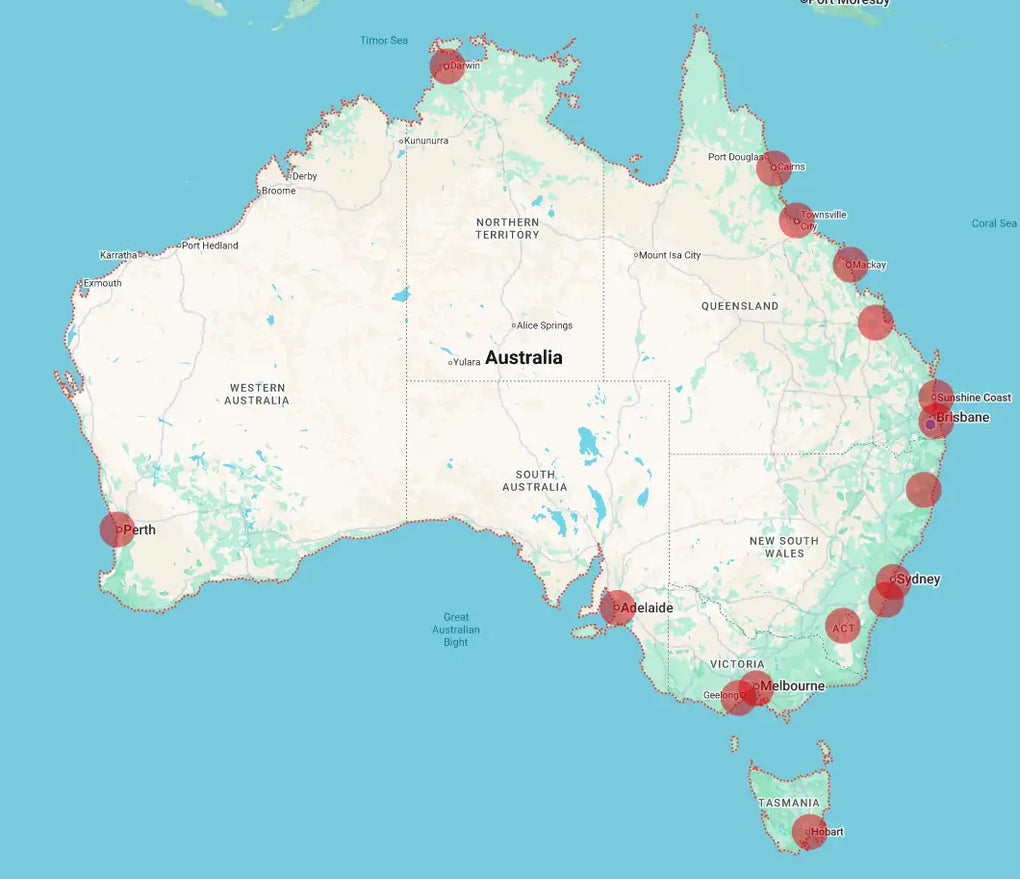Maximizing Efficiency: A Guide to Choosing a Reliable Solar Hot Water System
Cutting through energy costs and the noise of diverse heating solutions, solar hot water systems stand out as a potent mix of efficiency, savings, and sustainability. If you’re pondering whether solar is the route for your home, this article sheds light on the mechanics, merits, and major considerations of adopting solar hot water - a decision that may reshape your energy usage and carbon footprint.
Key Takeaways
-
Solar hot water systems provide an eco-friendly heating solution that can translate into significant energy savings and lower carbon emissions compared to traditional gas or electric systems, reducing annual electricity bills by $140 to $400.
-
There are various solar hot water systems suited for different climates and needs, such as close-coupled, pumped, and heat pump hot water systems, each with varying components and installation considerations.
-
Choosing the right solar hot water system involves considering household size, hot water usage, local climate, and potential rebates, with the option to add electric or gas boosters for insufficient sunlight and the typical payback period ranging between 4-5 years.
Understanding Solar Hot Water Systems
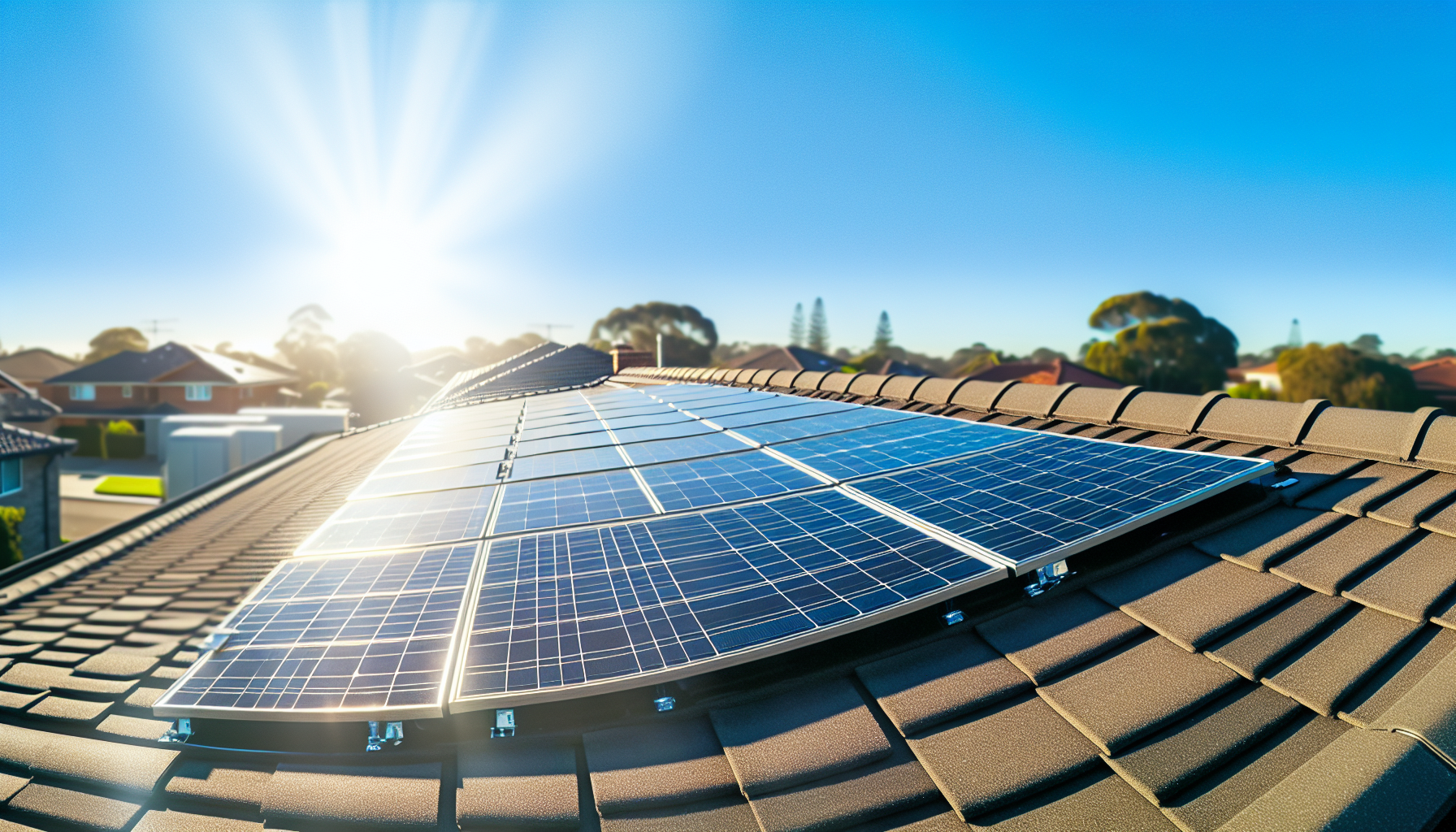
Solar hot water systems are an ingenious way of using sunlight to heat water, offering a cost-effective and sustainable solution for your hot water needs. They operate by absorbing the sun’s energy through solar collectors and converting it into heat, which is then transferred to the water in the storage tank.
Compared to a conventional gas hot water system, these hot water tap systems offer significant energy savings and reduced greenhouse gas emissions, making them a wise choice for environmentally conscious households.
How solar hot water systems work
Solar collectors form the core of every solar hot water system. These devices take in sunlight, transform it into heat which is then passed on to the water flowing through them. This heated water is subsequently stored in a hot water tank for later use. The process of heat transfer is facilitated by a heat exchanger that moves heat from the collectors to the water in the storage tank.
A solar hot water system consists of several components:
-
Collectors, which absorb the sun’s energy and heat the water
-
A storage tank, which holds the heated water
-
A pump, which circulates the water between the collectors and the storage tank
-
A controller, which oversees the operation of the system and ensures efficiency
-
An electric or gas booster, which provides additional heating when the sun’s energy is not enough to reach the required temperature.
All of these components work together to provide hot water using solar energy.
Benefits of solar hot water systems
Solar hot water systems come with a plethora of benefits. Their most notable advantage lies in the significant energy savings they offer. It is estimated that households that install these systems can save between $140 and $400 annually on their electricity bills. These savings can be even more significant in colder weather when the use of conventional heating methods is higher.
Secondly, solar hot water systems contribute to the reduction of carbon emissions. By harnessing the sun’s energy to heat water, these systems can reduce carbon emissions by more than 20%, contributing to the fight against climate change. Furthermore, by generating their own clean energy, these systems decrease our dependence on fossil fuels, leading to greater energy independence.
Types of Solar Hot Water Systems
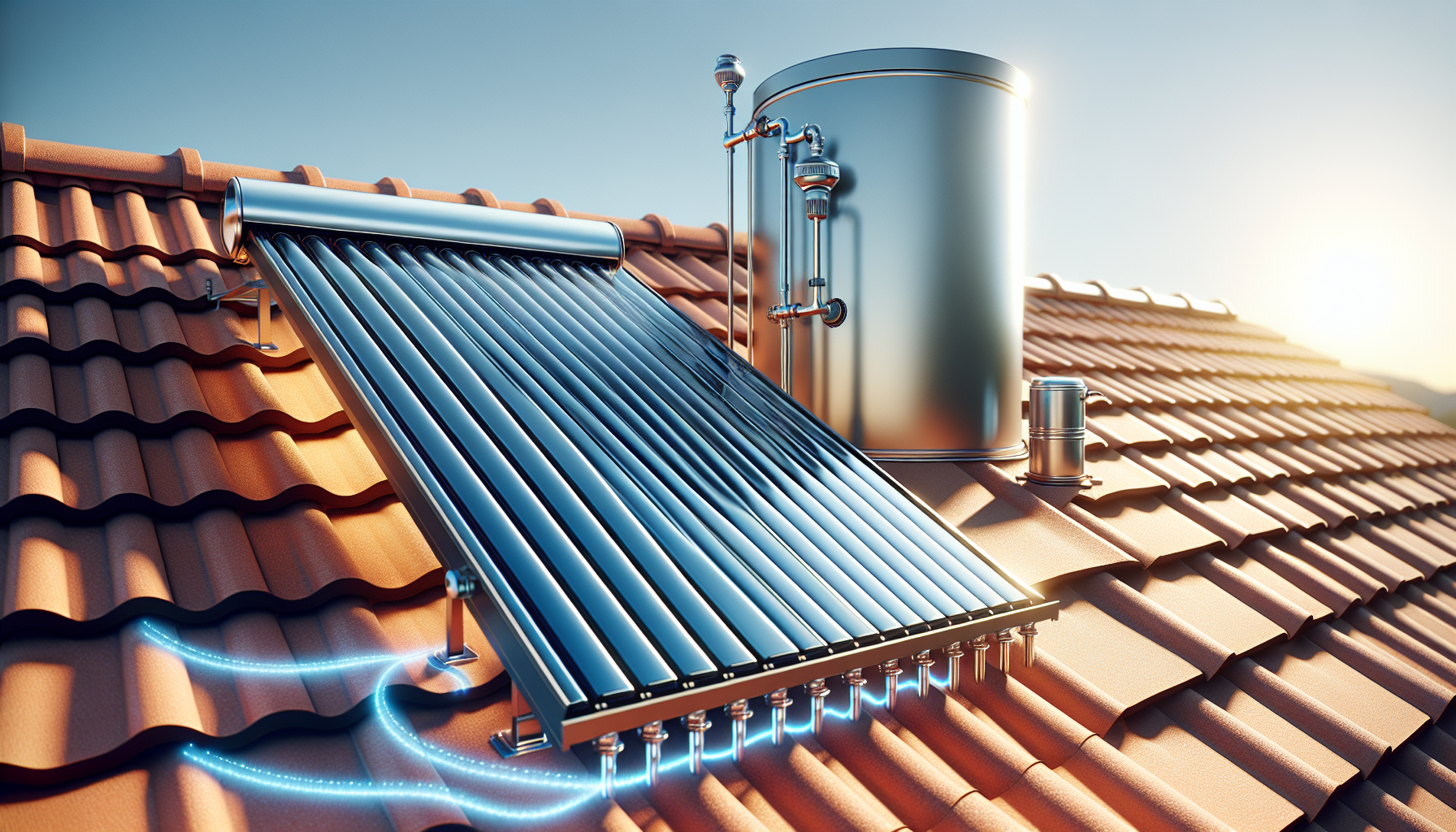
There are various types of solar hot water systems, each with its unique design and operational mechanism. The choice of the system depends on various factors such as your household’s hot water needs, the local climate, and the available space for installation.
We’ll examine the three primary types: close-coupled systems, pumped systems, and heat pump hot water systems in more detail.
Close-coupled systems
Close-coupled systems are characterized by their design, where the solar collectors and the storage cylinder are both placed on the roof. These systems rely on the principle of thermosyphon, where heated water naturally rises. As the water in the collectors is heated by the sun’s energy, it ascends into the storage cylinder, while cooler water from the bottom of the cylinder is drawn down to replace it at the collector’s base. This process continues as long as the sun is shining, gradually heating the water in the cylinder.
Indirect close-coupled systems are employed in certain situations, particularly in cold weather and frost-prone areas. These systems use anti-freeze fluids that flow through the collector, preventing the water from freezing. While they offer a solution to the risk of frost damage, they are typically more expensive due to their specific design.
Pumped systems
Pumped systems have the following features:
-
Storage tank located at the ground level
-
Solar collectors mounted on the roof
-
Pump used to circulate water between the tank and the collectors
-
Collectors absorb solar energy and transfer it to the water
-
Heated water is returned to the storage tank, ready for use when needed.
You need to take into account several factors during the installation of a pumped system. These include:
-
The location and available space at the site
-
The reputation of the brand
-
The specifics of the installation
-
The household requirements, such as the number of occupants and bathrooms, the types of appliances, and the local climate.
Heat pump hot water systems
Heat pump hot water systems offer an energy-efficient alternative to traditional solar water heaters. These systems operate by extracting heat from the ambient air and using it to heat the water stored in a tank. This process is similar to the reverse operation of a refrigerator.
Unlike traditional solar water heaters that rely on direct sunlight, heat pump systems can operate efficiently even in less sunny conditions, making them a good choice for certain climates.
Selecting the Right Solar Hot Water System
Choosing the right solar hot water system depends on several factors, including the size of your household, your daily hot water usage, and the climate of your region. It’s not a one-size-fits-all solution, and careful consideration of these factors will help ensure that the system you choose will meet your needs efficiently and effectively.
Sizing your system

The efficiency of your solar hot water system is heavily influenced by its size. Factors such as the number of people in the household and daily hot water usage are important considerations when determining the size of your system. Larger families or households with high hot water usage may require larger systems to adequately meet their hot water needs.
As a general rule, a single-family home typically requires a solar hot water system of around 300 litres. This is calculated based on an average usage of 50 litres per person per day and a 1.5 days’ storage capacity. However, individual requirements may vary, and it is always advisable to seek guidance from your supplier for precise size recommendations.
Location and installation considerations
The efficiency of your solar hot water system is largely dependent on its location. For optimal performance, the solar collectors should be installed on a north-facing roof with a slope between 15° and 50°. However, the local climate and potential shading also need to be considered as they can affect the amount of sunlight reaching the collectors.
Local regulations may also impact the installation of your solar hot water system. For instance, in some regions, the installation requires a licensed plumber with a solar and heat pump endorsement. It is essential to familiarize yourself with these requirements before the installation to ensure a smooth and compliant installation process.
Boosters and Backup Systems
Boosters and backup systems are used to maintain a consistent hot water supply from your solar hot water system, even when sunlight is insufficient. These systems provide additional heating when needed and can be powered by electricity or gas.
We’ll delve deeper into these systems.
Electric or gas boosters
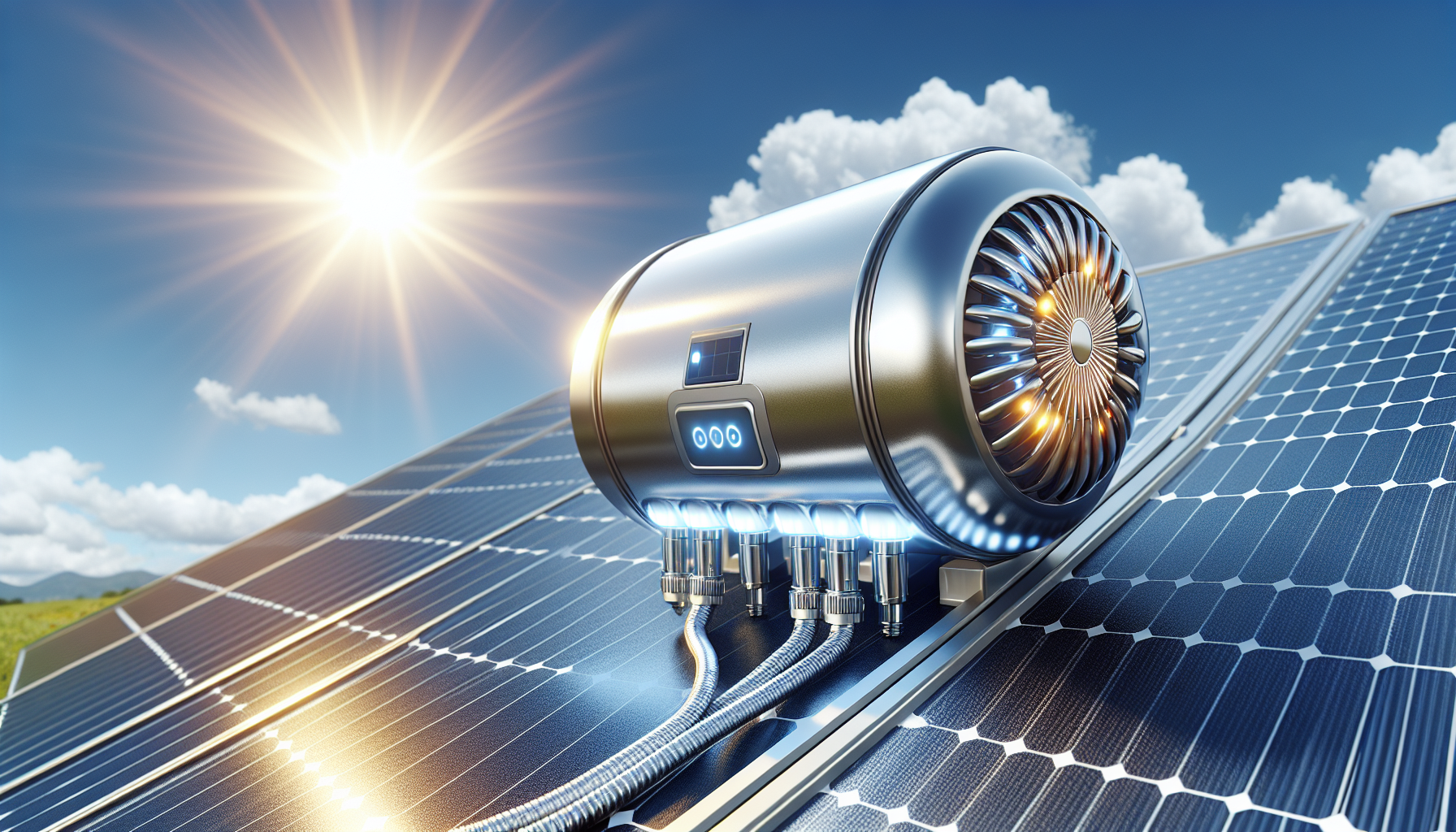
Electric or gas boosters are integral to many solar hot water systems. They kick in when the sun’s energy isn’t enough to heat the water to the required temperature. Electric-boosted systems incorporate a booster element in the storage cylinder and rely on electricity to maintain the desired water temperature. When the water temperature falls below a preset level, the electric booster is automatically triggered to heat the water.
Gas-boosted systems, on the other hand, incorporate a gas booster, either natural or LPG, which may be located within the storage cylinder or as a separate gas-instantaneous water heater. While they can provide hot water more quickly and efficiently, they typically involve higher upfront costs for purchase and installation.
Solar PV systems as backup
Solar PV systems serve as an excellent backup power source for solar hot water systems. These solar pv system convert solar radiation into electricity, which can be used to power electrical appliances and provide backup power for heating, hot water, and cooking. By using solar PV systems as backup, you can ensure a steady and dependable supply of hot water, even during periods of limited sunlight.
The typical lifespan of a solar PV backup system can range from 5 to 25 years, offering a sustainable backup power solution for solar hot water systems. Moreover, these systems can help maximize your energy savings by enabling you to utilize solar energy during peak production times, typically from 10 or 11 am to 2 or 3 pm.
Cost and Payback Time
Though the upfront cost for a solar hot water system may appear steep, the long-term savings render it an investment worth considering. Between energy savings, reduced running costs, and available rebates, the payback period can be shorter than you might think.
We’ll break down the costs that come with solar hot water systems and demonstrate how to calculate the payback time.
Initial investment and running costs
The initial investment for a solar hot water system includes the cost of the system and the installation expenses, which can range from $4500 to $6500, depending on the system size. However, the running costs of these systems are significantly lower compared to other types of hot water systems, thanks to their design efficiencies and reduced energy demands.
For instance, the operational energy costs of a close-coupled solar hot water system are notably lower in comparison to other systems.
Estimating payback time
The payback period for a solar hot water system is influenced by several factors, including the type of energy source used, the size of the solar system, and the amount of sunlight the solar panels receive. By dividing the cost of the system by the annual savings from reduced energy consumption, you can estimate the payback period.
Typically, the payback period for solar hot water systems ranges between 4-5 years. Energy savings can significantly reduce the payback time by decreasing the time required to recover the initial investment. These systems typically save around 50% to 85% of annual utility bills compared to traditional electric water heating, offering substantial long-term savings.
Obtaining Quotes from JR Gas & Water and Rebates
Once you’ve decided to invest in a solar hot water system, obtaining quotes from suppliers and applying for rebates and incentives can help offset the cost.
Comparing quotes from suppliers and what to look out for
It’s important to weigh factors such as efficiency, durability, capacity, and price when assessing quotes for solar hot water systems. Be sure to uncover any concealed expenses by verifying whether the quote covers the cost of solar metering and scrutinizing the fine print for undisclosed additional expenses.
When comparing quotes from different suppliers, it’s also important to consider the reputation of the brand and the specifics of the installation. Established suppliers for solar hot water systems include:
-
Solahart
-
Chromagen
-
Apricus
-
Envirosun
-
Neopower Evacuated Tube Solar Hot Water
-
Wulfe Hot Water
Applying for rebates and incentives
Applying for rebates and incentives is another way to offset the cost of a solar hot water system. The federal government, for instance, offers incentives through the Small-scale Renewable Energy Scheme (SRES). By transferring the right to create small-scale technology certificates to a registered agent, you can benefit from these incentives.
If you reside in Victoria, you can apply for a hot water rebate by following these steps:
-
Obtain a quote from an authorized hot water retailer.
-
Complete the application on the solar.vic.gov.au website.
-
Download a comprehensive guide outlining the steps for the hot water rebate application process if you are a current Solar Victoria customer.
Maintenance and Troubleshooting
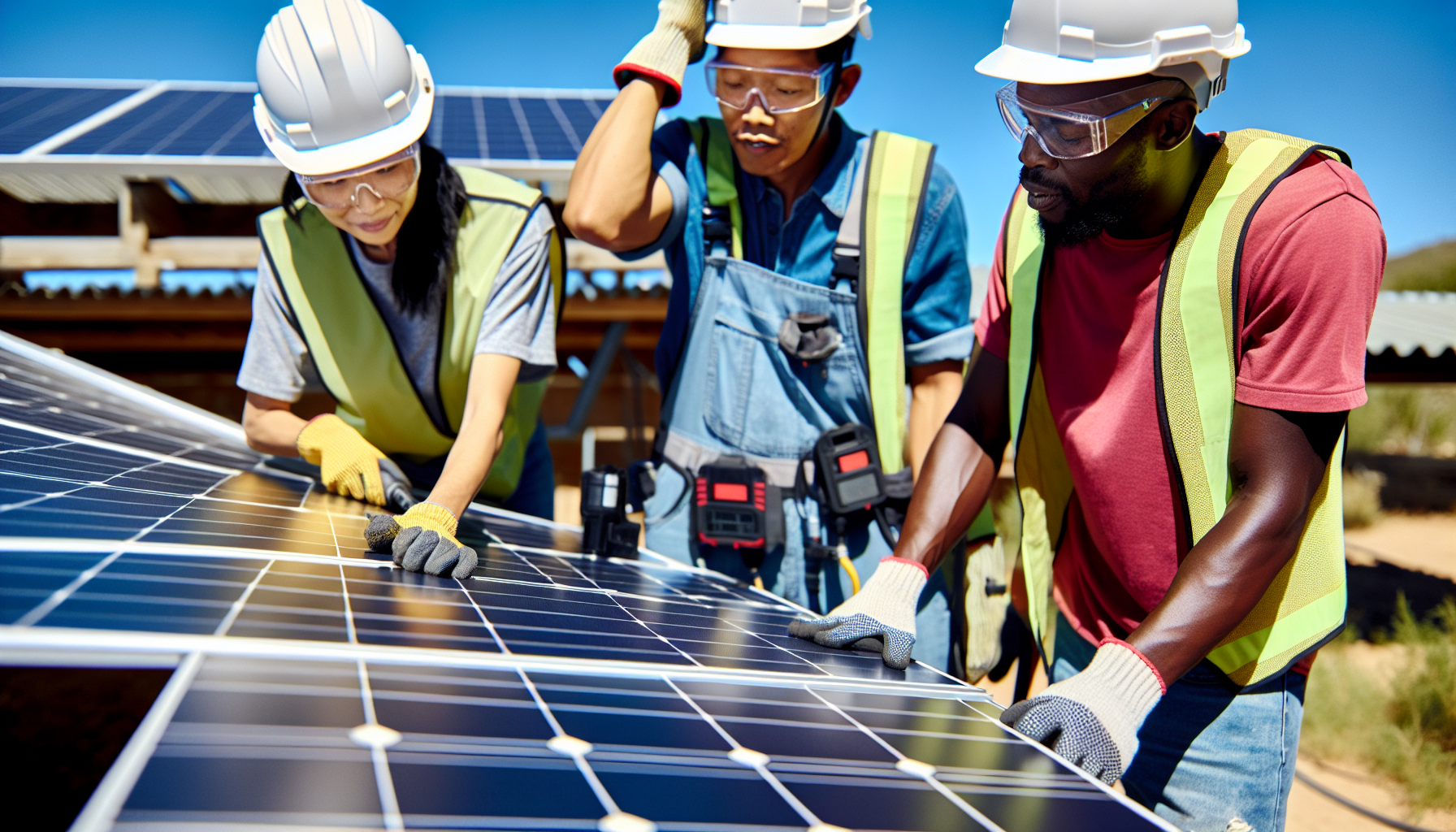
Similar to other systems, solar hot water systems necessitate routine maintenance and sporadic troubleshooting to guarantee their lifespan and efficiency. Let’s explore some routine maintenance tasks and common issues you might encounter.
Routine maintenance tasks
Regular maintenance of your solar hot water system can prevent many common issues and help ensure its efficient operation. It is recommended to conduct an inspection every five years. Regular checks include washing the solar collectors with soap and water to eliminate dust and grime, and inspecting the system for any leaks, rust, or corrosion.
Other maintenance tasks include:
-
Checking the tightness of all nuts and bolts attaching the collectors
-
Monitoring for corrosion on steel parts. If corrosion is detected, it should be cleaned and painted as needed
-
Replacing the anode of the tank once every five years to prevent corrosion.
Troubleshooting common problems
Common problems associated with solar hot water systems include:
-
Insufficiently hot water
-
System leaks
-
Rust and corrosion
-
Unusual noises during operation
In many cases, these issues can be resolved with some basic troubleshooting.
For instance, if you’re not getting enough hot water, it could be due to a clogged pipe, component corrosion, or a problem with the pump or circulation. On the other hand, if you notice a leak in your system, it’s important to identify the source of the leak and take appropriate action. If you’re unable to resolve the issue yourself, it’s best to seek professional assistance.
Summary
In conclusion, solar hot water systems are a cost-effective and environmentally friendly solution for meeting your hot water needs. Whether you choose a close-coupled, pumped, or heat pump system, the key to maximizing its benefits lies in choosing the right size and type based on your specific needs, conducting regular maintenance, and taking advantage of available rebates and incentives. As we move towards a more sustainable future, investing in a solar hot water system is not just a smart choice, but a step in the right direction.
Frequently Asked Questions
Is solar hot water worth it?
Yes, a solar hot water system is worth it because it will save you thousands in the long run compared to traditional hot water heaters. This makes the price of long showers and big family get-togethers significantly lower.
Is solar water heating any good?
Yes, solar water heating is a good investment. It can save homeowners up to 80% on water heating costs and cover the initial investment within a few years. This makes it a financially beneficial option in the long run.
What are the disadvantages of solar hot water?
The disadvantages of solar hot water include high installation cost, difficulty in installation for some homes, varying efficiency based on climate and roof space, and potential shading issues. Therefore, it's important to carefully consider these factors before opting for a solar hot water system.
What is the cost of a solar hot water system?
The typical cost of a solar hot water system can range from $3000 to $7000 fully installed. It can be flat plate, evacuated tube, or heat pump systems.
What is a solar hot water system and how does it work?
A solar hot water system uses sunlight to heat water by absorbing the sun's energy through solar collectors and transferring it to the water in the storage tank. This process involves converting the sunlight into heat.


